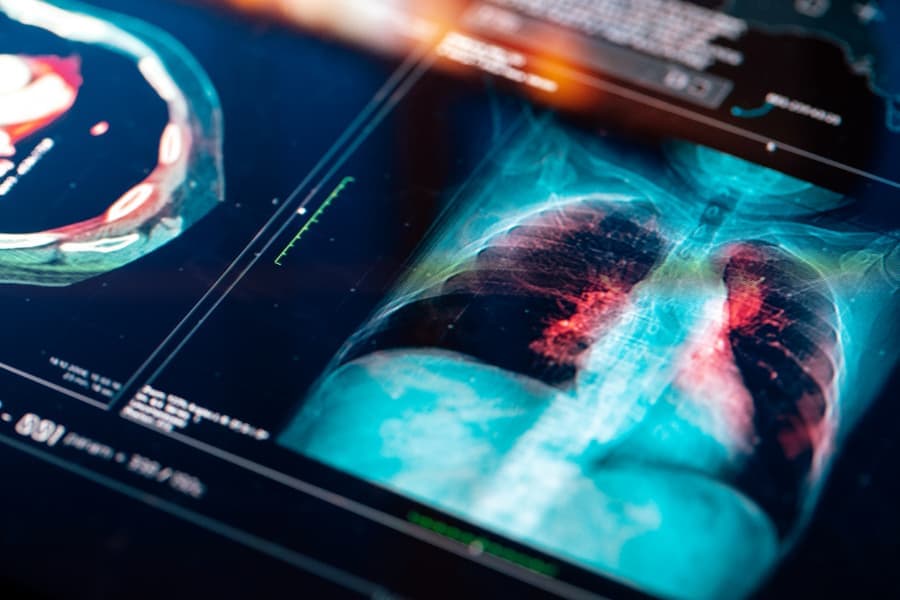Lung cancer is a condition that attacks the lung tissue. Those who smoke have an increased chance of developing the disease. However, it also can occur in non-smokers through secondhand smoke or a family history of lung cancer. While physicians can treat cancer central to the lungs, it can become harder to treat once it has spread to other parts of the body. This makes lung cancer prevention crucial. Here, Richmond University Medical Center discusses what patients can do to potentially prevent lung cancer.
Quit Smoking
Because smoking is the biggest cause of lung cancer, it is beneficial to quit. Smokers inhale harmful carcinogens into their lungs, which can change the makeup of lung tissue. In turn, the lungs can have difficulty fixing damaged lung tissue, allowing cancer to develop. If a patient quits smoking, this can give the lungs time and strength to repair the damaged lung tissue.
While quitting is easier said than done, visiting an oncology specialist or physician’s office can provide helpful tips, strategies, products, and counseling that make the process a little easier. Even if someone has been smoking for years, the simple act of quitting can greatly decrease your chances of developing lung cancer. For those who have never smoked, do not start now. You are one step ahead of avoiding lung cancer already.
Live A Healthy Lifestyle
By leading and following a healthy lifestyle, patients can prevent lung cancer from developing. Regular exercise can keep the lungs active, strengthening them to fight against harmful toxins and cancerous cells. In addition, eating an abundance of fruits and vegetables also can potentially protect the lungs of smokers and non-smokers. However, those who smoke may not reap any benefits that eating healthy foods can provide if they continue to smoke.
Avoid Secondhand Smoke
People who are around heavy smokers frequently also have a chance of developing lung cancer. Even if they do not smoke themselves, they still are breathing in harmful substances that can lead to cancerous growth. If a patient lives with someone who smokes, they can start by talking to them about quitting. If this is not an option, patients can establish a designated smoking area (such as the outdoors) and learn to avoid that spot. Non-smoking patients avoiding secondhand smoke also should keep clear of other shared smoking spaces such as restaurants or bars. Instead, they should opt to hang out in non-smoking sections. In addition, they should stay out of enclosed areas such as cars when an individual is smoking.
Avoid Breathing Asbestos Or Other Substances
Substances such as radon gas, asbestos, or other materials can easily present themselves in the home or workplace. However, these substances can lead to the development of lung cancer through prolonged exposure. Because these chemicals can easily spread in homes, it is especially important to look for signs of asbestos or excessive radon gas. If an individual notices a cancerous substance is present, they can contact a specialist to test and inspect the home.
If someone believes they are inhaling harmful toxins at work, they should avoid breathing them in as much as possible. To do this, they should wear protective gear, such as face masks, to protect against inhaling harmful chemicals and fend off cancerous cells in the lungs. Importantly, workers also should raise any concerns about their safety to their employers.
Know Your Family History
For some patients, lung cancer may run in their families. Individuals with a child, parent, or sibling who experienced lung cancer can have a greater chance of developing lung cancer for reasons other than smoking. To avoid this, it can benefit patients to know and understand their family medical history and inform their physician. Over time, the physician will monitor the patient’s condition for signs of lung cancer development. They can do this through testing methods such as lung screening. If they find cancerous growths in the lungs, physicians can quickly and efficiently treat the illness before it worsens or spreads. In addition, it also can help patients be more mindful when it comes to sensing unusual symptoms.
Lung Cancer Prevention & Treatment At Richmond University Medical Center
Richmond University Medical Center is here to assist patients in need of lung cancer treatment. Using the latest advancements in medical technology and practices, we can handle many cancer or cancer-related illnesses. We have an extensive team of oncologists, pharmacists, nutritionists, therapists, and other medical professionals to provide all-around health care to families in Staten Island, NY. To learn more about lung cancer prevention and treatment, contact us today.




